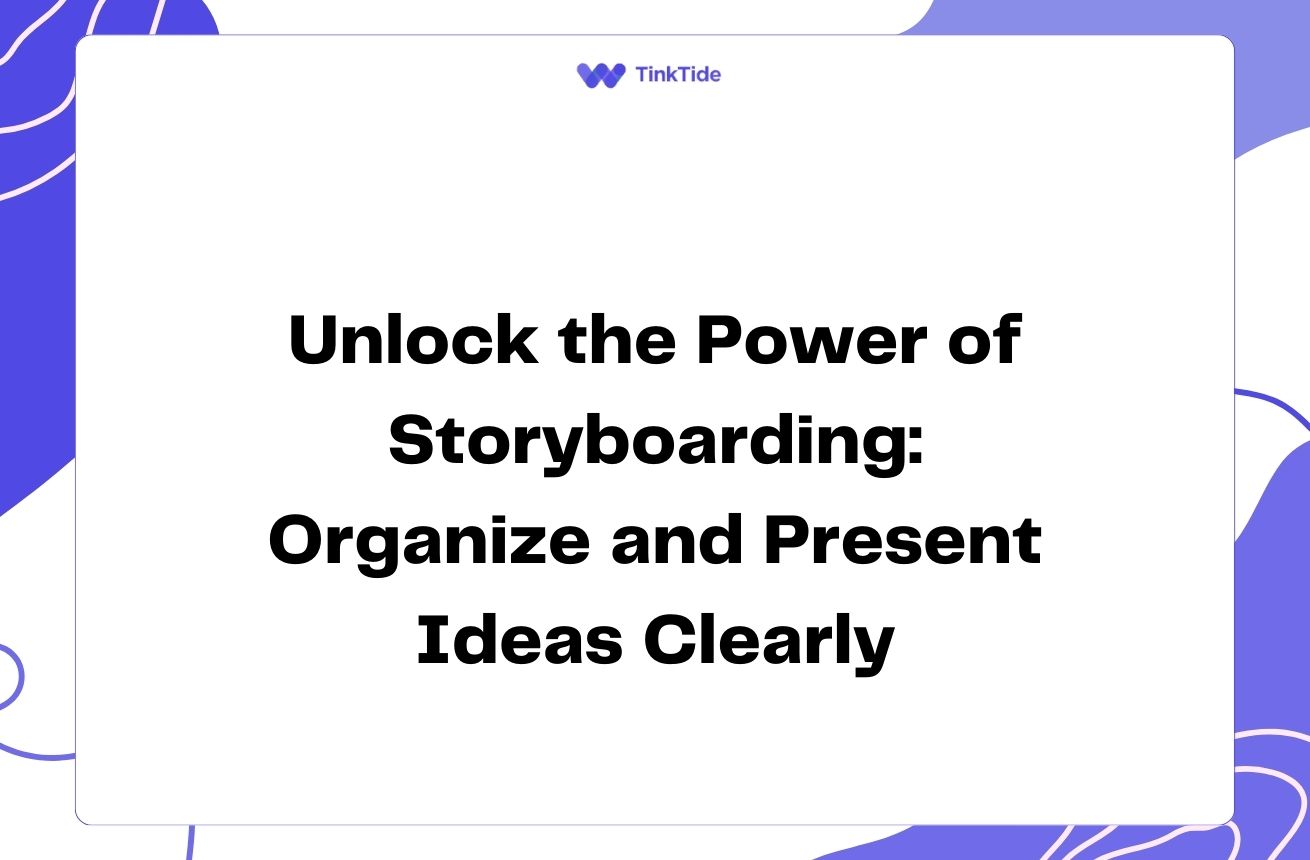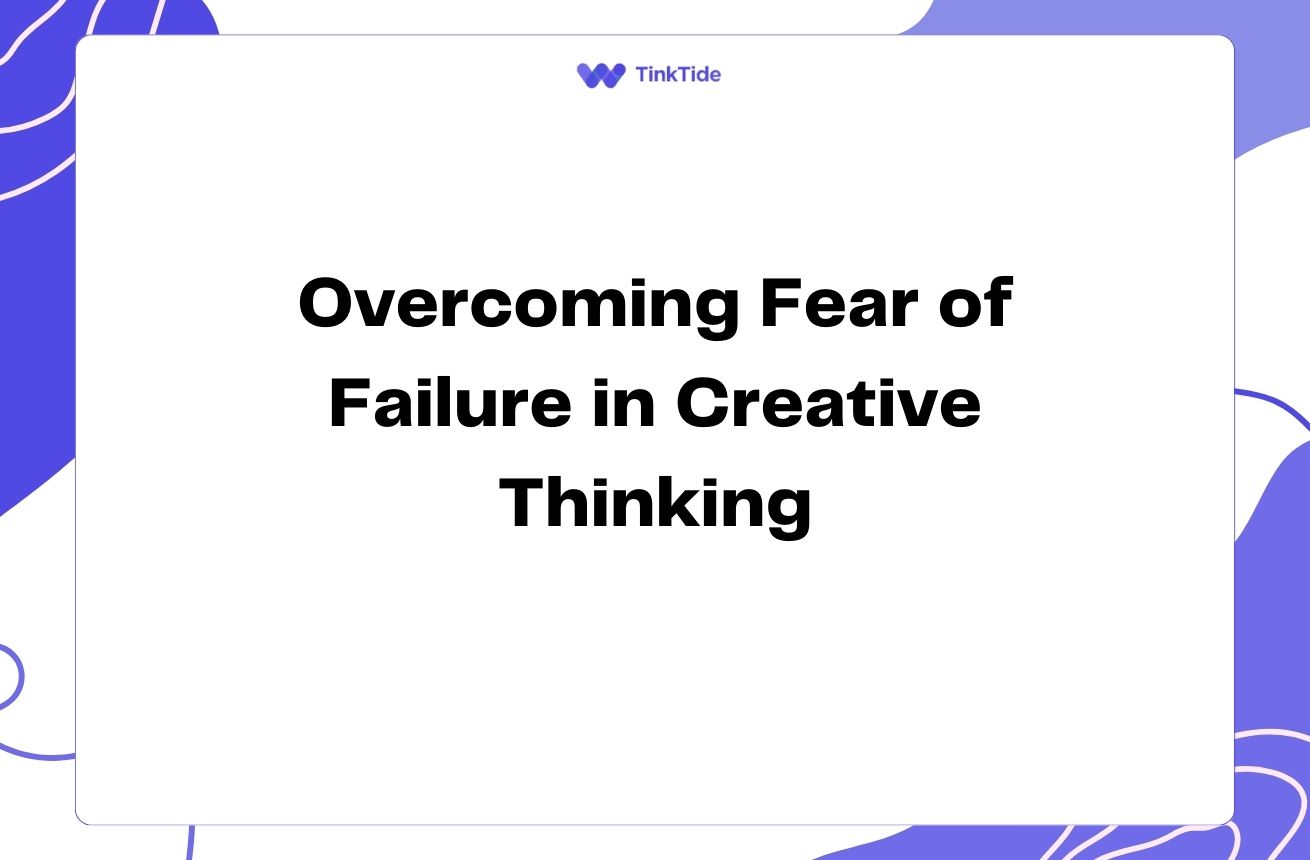The Brain Science Behind Effective Brainstorming
The Cognitive Foundations of Brainstorming
Brainstorming is more than just a group activity; it's a complex cognitive process rooted in neuroscience and psychology. At its core, effective brainstorming taps into our brain's ability to engage in divergent thinking, a cognitive function that allows us to generate multiple, unique ideas from a single starting point.
When we brainstorm, our prefrontal cortex, the area responsible for higher-order thinking and executive functions, becomes highly active. This region helps us combine existing knowledge in novel ways, suppress habitual responses, and maintain focus on the task at hand.
Additionally, the default mode network (DMN), a set of brain regions associated with mind-wandering and creativity, plays a crucial role. The DMN becomes more active when we're not focused on external tasks, allowing our minds to wander and make unexpected connections.
Understanding these neurological processes can help us design more effective brainstorming sessions that leverage our brain's natural tendencies for creative thinking.
Key Psychological Factors in Brainstorming
Several psychological principles underpin successful brainstorming sessions:
- Cognitive diversity: Different perspectives lead to more innovative ideas.
- Psychological safety: A non-judgmental environment encourages idea sharing.
- Priming: Exposure to diverse stimuli before brainstorming can enhance creativity.
- Incubation: Allowing time for unconscious processing can lead to 'aha' moments.
- Social facilitation: The presence of others can boost performance and motivation.
The Role of Neurotransmitters in Creative Thinking
Neurotransmitters play a crucial role in facilitating creative thinking during brainstorming. Dopamine, often associated with reward and pleasure, also enhances cognitive flexibility and the ability to make novel associations.
Serotonin, while typically linked to mood regulation, contributes to cognitive flexibility and openness to new ideas. A balanced level of serotonin can help maintain a positive mood during brainstorming, fostering a more productive session.
Norepinephrine, which increases alertness and attention, can help maintain focus during extended brainstorming sessions. However, excessive levels can lead to anxiety and hinder creativity, highlighting the importance of a relaxed environment.
Understanding the role of these neurotransmitters can help in creating optimal conditions for brainstorming, such as ensuring participants are well-rested, moderately stimulated, and in a positive mood.
The Power of Group Dynamics in Brainstorming
Group brainstorming sessions harness the power of collective intelligence, a phenomenon where group problem-solving can outperform individual efforts. This is partly due to transactive memory, where group members can rely on each other's knowledge and expertise.
However, group brainstorming also comes with potential pitfalls. Social loafing, where individuals exert less effort in a group, and evaluation apprehension, the fear of negative judgment, can hinder idea generation. Understanding these dynamics is crucial for facilitating effective group brainstorming sessions.
To maximize the benefits of group brainstorming, consider techniques like brainwriting (where ideas are written down before being shared) or electronic brainstorming, which can mitigate some of the social challenges of traditional group brainstorming.
Remember, the goal is to create an environment where diverse perspectives can be shared freely, leveraging the collective cognitive power of the group.
Optimizing Your Brain for Brainstorming
To make the most of your brain's creative potential during brainstorming, consider these neuroscience-backed strategies:
- Engage in physical exercise before brainstorming to boost blood flow to the brain.
- Practice mindfulness meditation to enhance cognitive flexibility.
- Expose yourself to diverse stimuli to prime your brain for novel connections.
- Take short breaks during long sessions to allow for incubation periods.
- Create a positive, low-stress environment to optimize neurotransmitter balance.
Measuring Brainstorming Effectiveness
Assessing the success of brainstorming sessions goes beyond simply counting the number of ideas generated. Consider these metrics:
Idea diversity: Evaluate the range of ideas across different categories or approaches. A wide variety indicates effective divergent thinking.
Idea quality: While subjective, you can rate ideas based on feasibility, originality, and potential impact. This helps identify truly innovative concepts.
Participant engagement: Monitor the level of active participation and enthusiasm. High engagement often correlates with more productive sessions.
Implementation rate: Track how many ideas from brainstorming sessions are actually put into practice. This long-term metric can provide insights into the overall effectiveness of your brainstorming process.
Address common questions
Let's address some frequently asked questions about the science of brainstorming:
Is group brainstorming always more effective than individual brainstorming?
Not necessarily. While group brainstorming can leverage collective intelligence, it can also suffer from social loafing and evaluation apprehension. The effectiveness depends on various factors, including group dynamics, facilitation, and the specific problem at hand. A combination of individual and group brainstorming often yields the best results.
How long should a brainstorming session last?
The optimal duration varies, but most experts recommend keeping sessions between 30 to 60 minutes. Longer sessions can lead to mental fatigue and diminishing returns. If you need more time, consider breaking it up into multiple sessions with breaks in between to allow for incubation periods.
Can creativity be enhanced through practice?
Yes, creativity is a skill that can be developed. Regular engagement in creative activities, exposure to diverse ideas, and practicing divergent thinking exercises can all help enhance your creative abilities over time.
How does sleep affect brainstorming performance?
Sleep plays a crucial role in creativity and problem-solving. During sleep, particularly REM sleep, our brains consolidate memories and make new connections. This is why we often have creative insights after a good night's sleep. Ensuring adequate sleep before a brainstorming session can significantly enhance performance.
Are there any foods that can boost creativity during brainstorming?
While no food directly increases creativity, a balanced diet rich in omega-3 fatty acids, antioxidants, and complex carbohydrates can support overall brain health. Some studies suggest that moderate caffeine intake can enhance cognitive performance, including creative thinking. However, the effects vary among individuals.
How does technology impact brainstorming effectiveness?
Technology can both enhance and hinder brainstorming. Digital tools can facilitate idea sharing and organization, especially in remote settings. However, they can also be distracting. The key is to use technology intentionally to support the brainstorming process without letting it become a distraction.
Provide additional resources
The Neuroscience of Creativity
An in-depth look at the brain mechanisms behind creative thinking
Brainstorming Techniques for Problem-Solving
A comprehensive guide to various brainstorming methods
The Role of Dopamine in Creativity
A scientific study exploring the relationship between dopamine and creative cognition
Group Genius: The Creative Power of Collaboration
A book exploring the dynamics of group creativity
The Default Mode Network and Creativity
A research paper on the role of the default mode network in creative thinking
Harnessing the Power of Your Creative Brain
Understanding the psychological and neurological basis of brainstorming empowers us to optimize our creative thinking processes. By leveraging our brain's natural tendencies, creating supportive environments, and using evidence-based techniques, we can significantly enhance the quality and quantity of ideas generated during brainstorming sessions.
Remember, creativity is not a fixed trait but a skill that can be developed and refined. Regular practice, coupled with an understanding of the underlying cognitive processes, can lead to more innovative problem-solving and idea generation.
As you apply these insights to your next brainstorming session, pay attention to how different approaches affect your creative output. Experiment with various techniques and environments to find what works best for you and your team. By doing so, you'll be tapping into the full potential of your brain's creative capabilities.
Unlock Your Team's Creative Potential
Discover how Tinktide can help you implement effective brainstorming techniques and boost your team's innovation.
Start Your Free Trial

